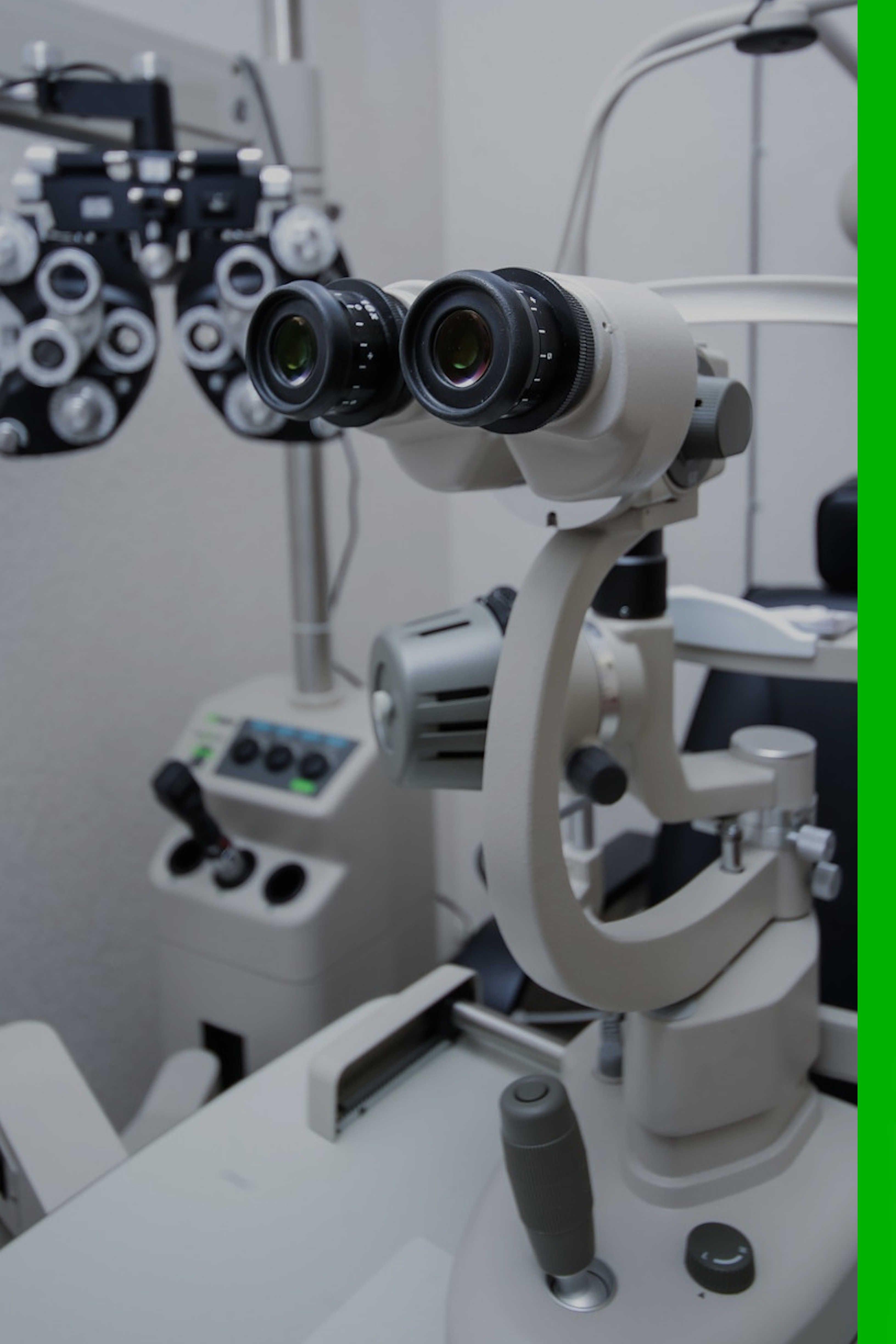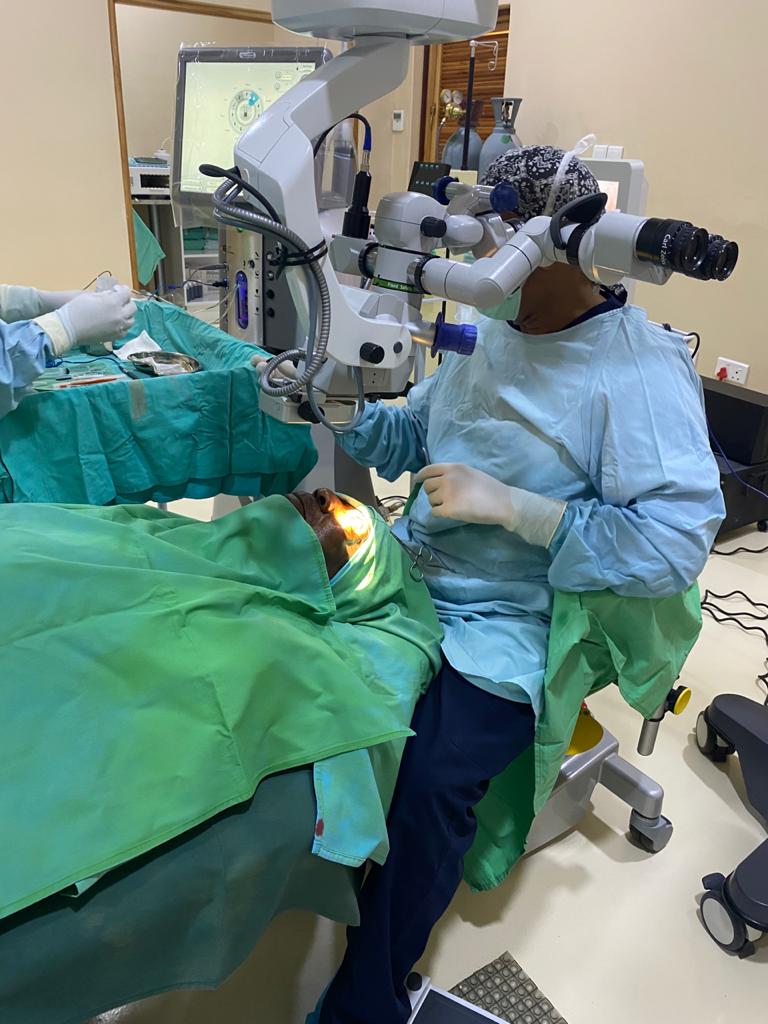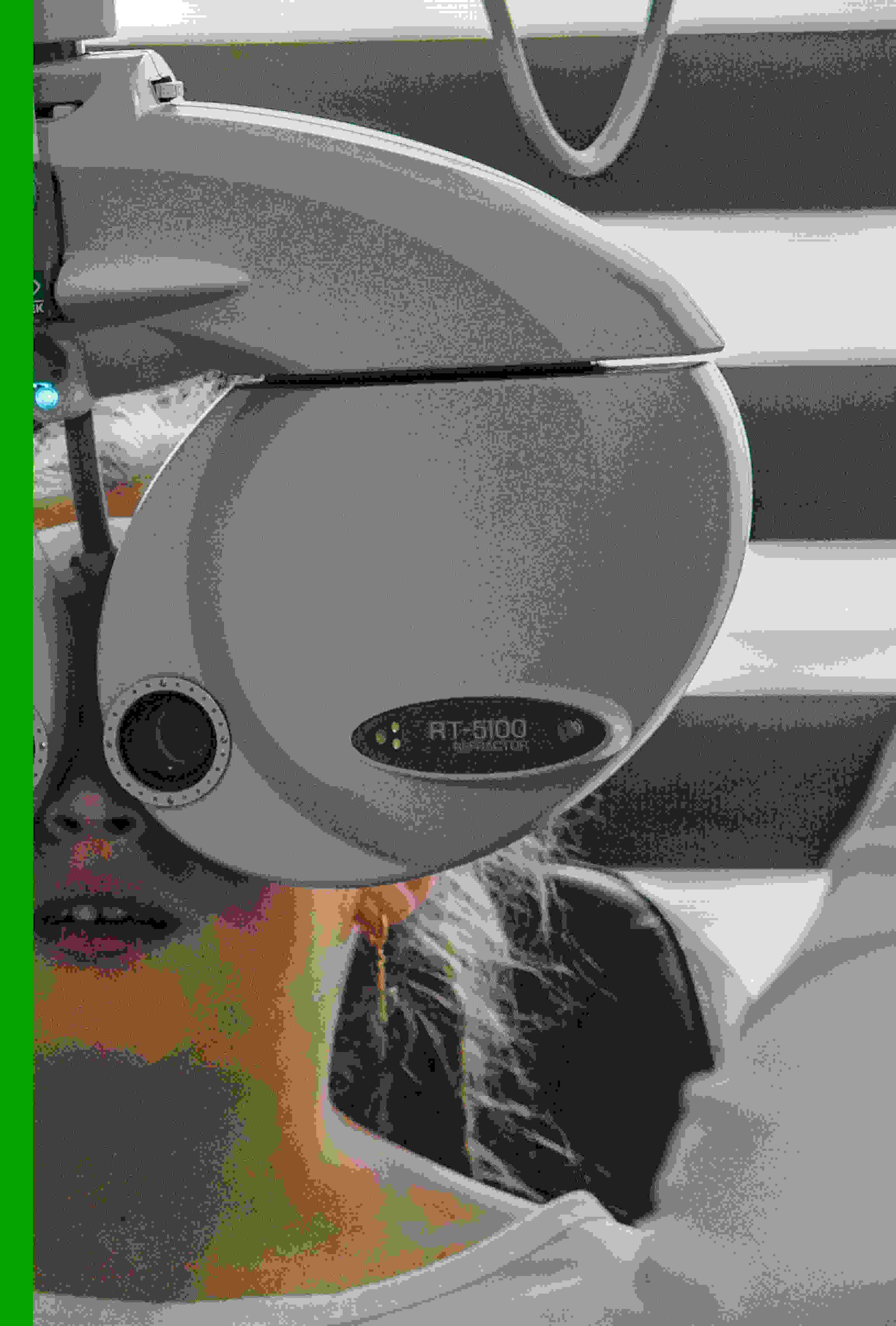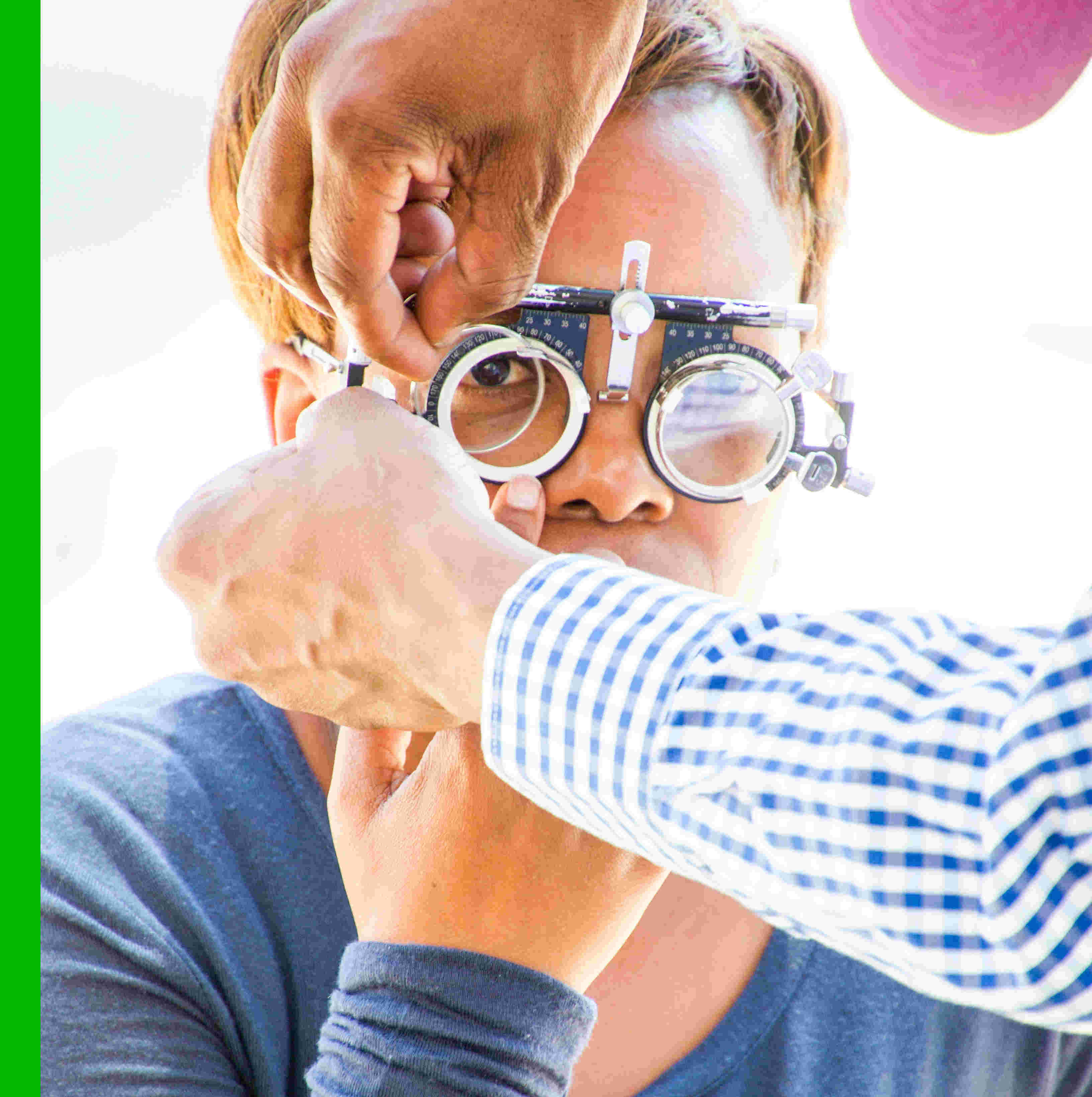Cataract is the clouding of the eye's natural lens. It is the most common cause of vision loss in elderly people and is also the leading cause of blindness in the world.
There a various types of cataracts of which you Ophthalmologist will be able to discuss this further with you.
Cataract Symptoms And Signs
At first, a cataract has little effect on your vision then you will start to notice that your vision is blurred a little, like looking through a cloudy piece of glass or dirty window.
Patients with cataracts often complain of glare from the sun or bright lights e.g. when driving at night, oncoming headlights cause more glare than before.
An detailed eye exam is required to diagnose a cataract. If you suspect you have one, visit one of our branches that is nearest to you for a consultation.
Treatment
Early cataracts are often left in place and monitored by your specialist.
When they adversely affect your vision they can be removed surgically by an Ophthalmologist.
During surgery, the surgeon will remove your clouded natural lens and replace it with a clear, artificial intraocular lens (IOL) which then restores your vision.
For further details on the procedure please visit one of our branches that is nearest to you.








 Conjunctivitis, also known as "pink eye," is a common eye infection caused by either a bacteria or a virus. There are various types;
Conjunctivitis, also known as "pink eye," is a common eye infection caused by either a bacteria or a virus. There are various types;

